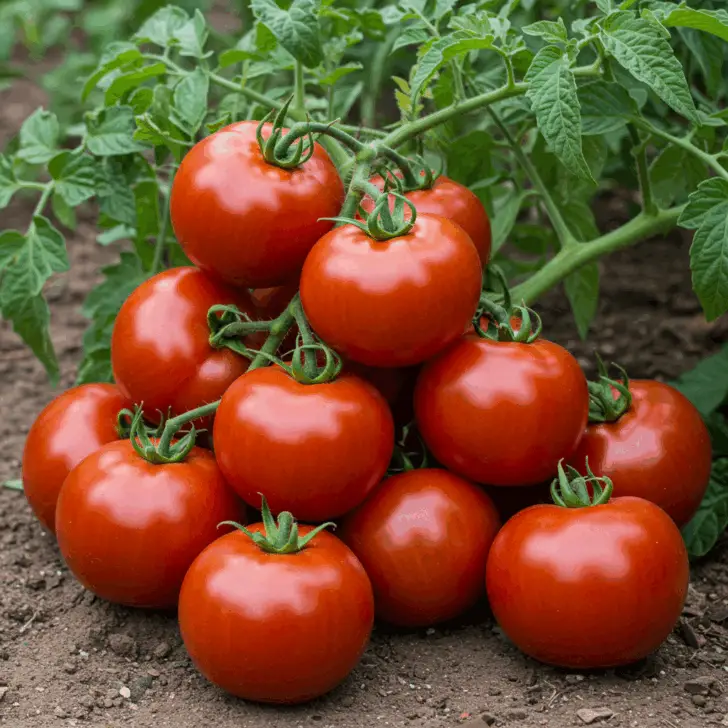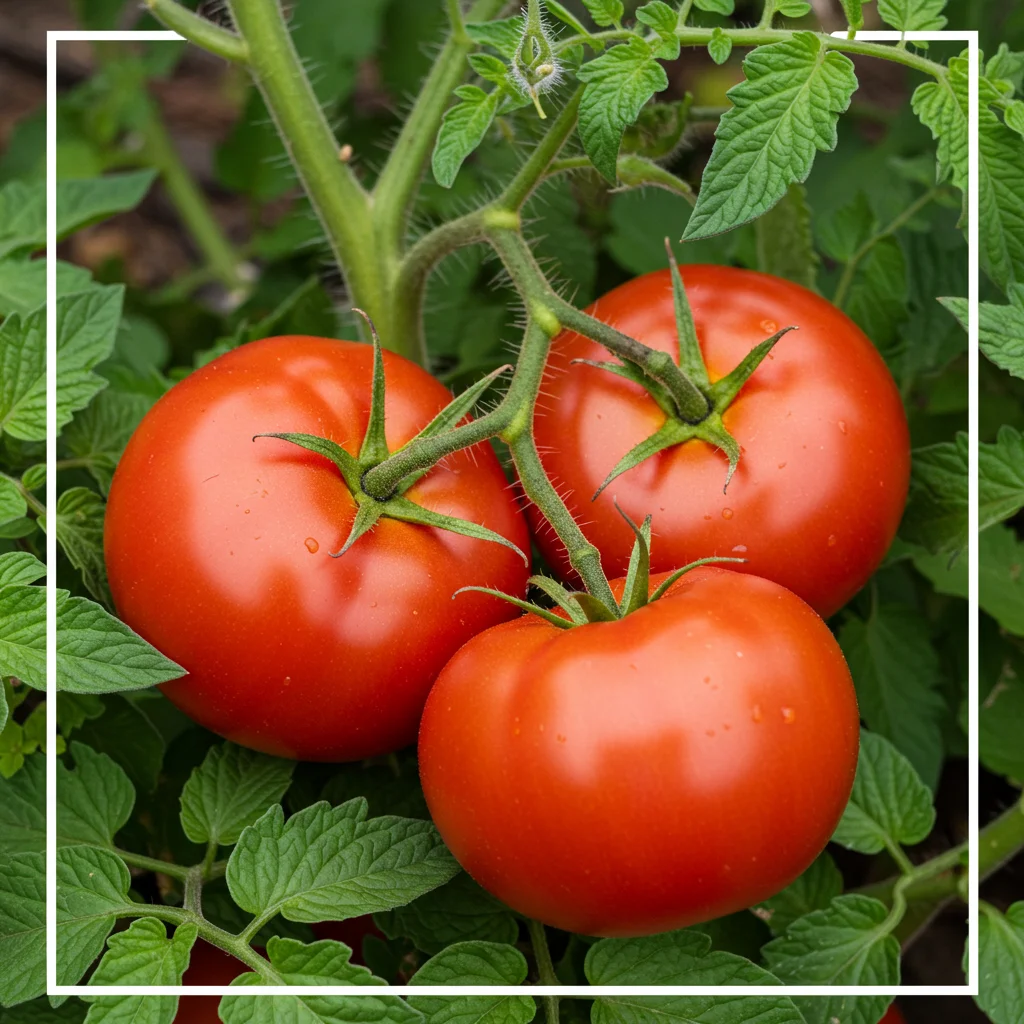Knowing when to plant tomatoes in Phoenix, AZ is crucial for a successful harvest. This guide covers everything from ideal planting times and soil preparation to dealing with Phoenix’s unique climate challenges and ensuring a bountiful tomato crop.

Introduction: Timing is Everything for Phoenix Tomatoes
Growing juicy, ripe tomatoes in the desert heat of Phoenix presents a unique gardening challenge. While tomatoes love sunshine, excessive heat can hinder their growth. Understanding the optimal planting window is the key to enjoying a thriving tomato patch. This guide will equip you with the knowledge you need to successfully cultivate tomatoes in Phoenix, covering everything from seed starting to harvest.
Understanding Phoenix’s Climate and Its Impact on Tomatoes
Phoenix’s climate is categorized as arid desert, characterized by hot, dry summers and mild winters. These conditions pose specific challenges for tomato plants. Intense summer heat can cause blossom drop, preventing fruit set. Conversely, the mild winters offer an extended growing season, allowing for a fall tomato crop.
Ideal Planting Times for Tomatoes in Phoenix
- Spring Planting: The ideal time for spring planting tomatoes in Phoenix is late February to early March, after the last frost. This allows the plants to establish themselves before the intense summer heat arrives.
- Fall Planting: For a fall harvest, aim to plant your tomatoes in late August to early September. This timing allows the plants to mature and produce fruit during the cooler fall months.
Starting Tomatoes from Seed vs. Transplants
- Starting from Seed: Starting tomatoes from seed indoors 6-8 weeks before the last frost gives you a head start. This method offers more variety and control over the growing process. Use a seed starting mix and ensure adequate light and warmth.
- Using Transplants: Purchasing established tomato seedlings (transplants) from a local nursery is a convenient option, especially for beginner gardeners. Choose healthy, stocky plants with vibrant green leaves.
Preparing Your Soil for Success
Well-draining soil rich in organic matter is essential for healthy tomato plants. Amend heavy clay soils with compost or other organic materials to improve drainage and nutrient content. A soil pH between 6.0 and 6.8 is ideal for tomatoes. Consider conducting a soil test to determine the appropriate amendments.
Planting Your Tomatoes: Tips and Techniques
- Spacing: Provide adequate space between plants to promote airflow and prevent diseases. Spacing recommendations vary depending on the tomato variety, so check the seed packet or plant tag for specific instructions. Typically, 2-3 feet apart is a good guideline.
- Depth: Plant the tomato seedlings deeper than they were in their original containers, burying the stem up to the first set of true leaves. This encourages the development of a stronger root system.
- Watering: Water deeply and consistently, especially during the hot summer months. Avoid overhead watering, which can promote fungal diseases. Consider using a drip irrigation system for efficient watering.
Providing Support for Your Tomato Plants
Tomato plants require support to prevent them from sprawling on the ground. Staking, caging, or trellising are common methods. Choosing the right support system depends on the tomato variety and your personal preference.
- Staking: Individual stakes provide support for determinate tomato varieties.
- Caging: Tomato cages are suitable for smaller, determinate varieties.
- Trellising: Trellising is a good option for indeterminate tomato varieties that continue to grow and produce throughout the season.
Dealing with Common Tomato Problems in Phoenix
- Blossom Drop: High temperatures can cause blossom drop, preventing the fruit from setting. Ensure consistent watering and consider using shade cloth during the hottest part of the day.
- Sun Scald: Sun scald can occur when the fruit is exposed to intense sunlight. Providing adequate foliage cover can help prevent this issue.
- Pests and Diseases: Monitor your plants regularly for signs of pests and diseases. Common tomato pests in Phoenix include aphids, whiteflies, and tomato hornworms. Practicing crop rotation and using organic pest control methods can help minimize these issues. [(Link to a post about pest control in the garden – automated if possible)]
Harvesting Your Tomatoes
Harvest your tomatoes when they reach their full color and are slightly soft to the touch. Avoid leaving ripe tomatoes on the vine for too long, as they can become overripe and susceptible to cracking.
FAQs: Answering Your Tomato Growing Questions
- Q: Can I grow tomatoes in containers in Phoenix?
- A: Yes, tomatoes can thrive in containers, especially in Phoenix where space might be limited. Choose a large container (at least 5 gallons) and ensure proper drainage.
- Q: What are the best tomato varieties for Phoenix?
- A: Heat-tolerant varieties like ‘Heatwave’, ‘Solar Fire’, and ‘Phoenix’ are well-suited for Phoenix’s climate.
- Q: How often should I water my tomato plants in Phoenix?
- A: Watering frequency depends on the weather and the size of your plants. Generally, water deeply every 1-2 days during the summer months.
- Q: When should I start fertilizing my tomatoes?
- A: Begin fertilizing your tomatoes about 2 weeks after transplanting, using a balanced fertilizer specifically formulated for tomatoes. [(Link to a post on choosing fertilizers – automated if possible)]
Conclusion: Enjoying the Fruits of Your Labor
Growing tomatoes in Phoenix requires careful planning and attention to detail. By following the guidelines outlined in this guide, you can navigate the unique challenges of the desert climate and enjoy a bountiful harvest of delicious, homegrown tomatoes. Remember to select the right planting time, prepare the soil adequately, provide appropriate support, and monitor your plants for potential problems. With a bit of effort, you can savor the taste of fresh, juicy tomatoes from your own backyard, even in the heart of the desert.

